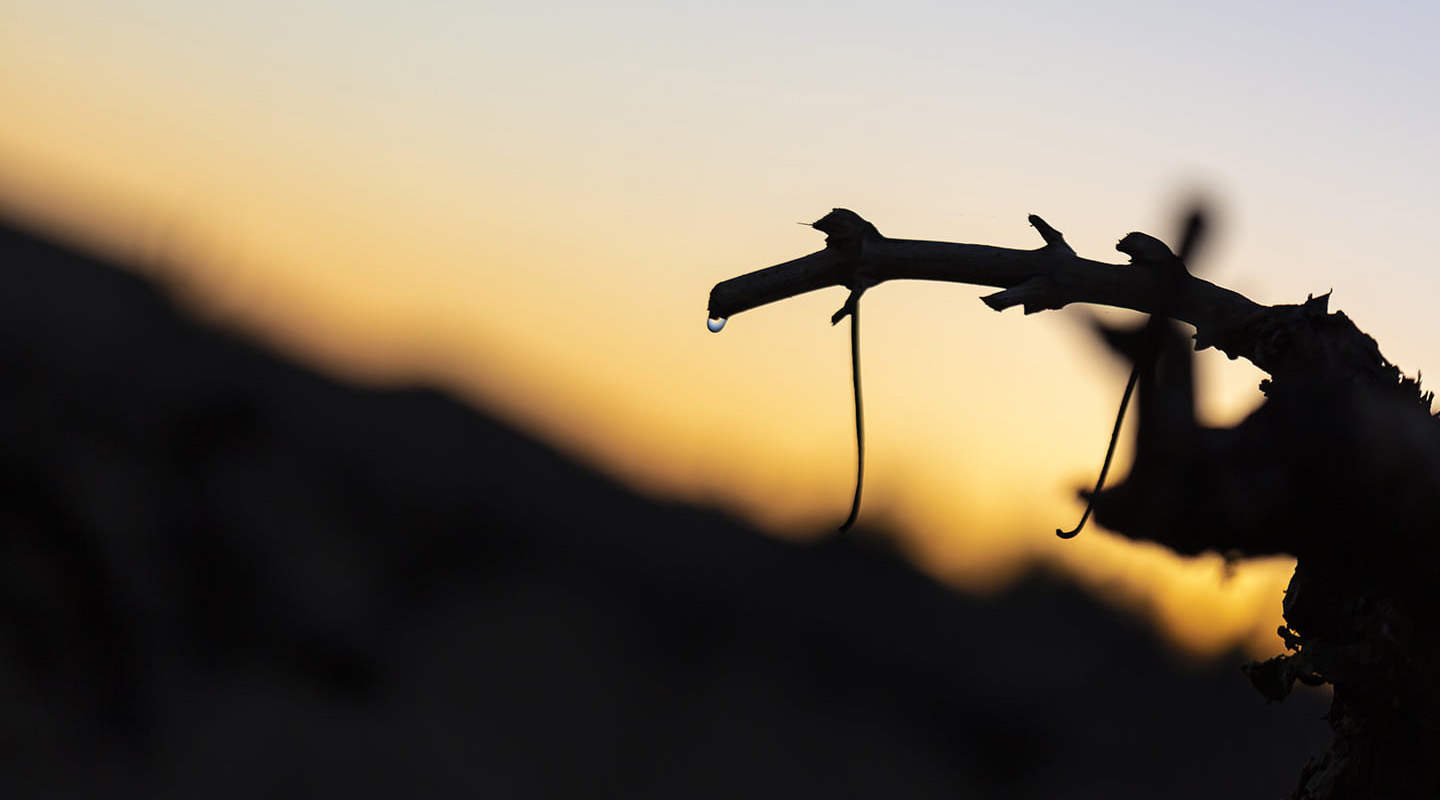Weingut Dr. von Bassermann-Jordan
关于我们
-
产区
-
地址
-
葡萄园面积
-
电话
-
传真
-
网站
Weingut Dr. von Bassermann-Jordan, based in Deidesheim in the Pfalz region, is one of Germany's most prestigious estates.
Its history can be traced back to 1718, via its larger predecessor Weingut Jordan, and it owes a large part of its prominence to the pioneering winemaker Andreas Jordan (1775-1848). Jordan was one of the first to time harvests according to degrees of noble rot, to vinify varieties separately in order to promote superior ones such as Riesling, and to undertake extensive landscaping to create south-facing slopes.
When Jordan died, his holdings were divided among his children. His son Ludwig Andreas inherited the core part of the estate, and retained the Weingut Jordan name. The other estates became Reichsrat von Bühl and Weingut von Winning – all three are now owned by the Niederburg Group.
Weingut Jordan became Bassermann-Jordan in 1883 when Andreas' granddaughter Auguste and her husband Emil inherited the estate. Like its neighbour von Bühl, Bassermann-Jordan's full name proclaims prestige and influence – the phrase "Geheimer Rat" that appears on bottles translates as Privy Councillor, an honorific title bestowed upon Emil Bassermann, a banker.
The estate owns 49 hectares (121 acres) of vineyard land, which is divided across 20 different sites in Forst, Deidesheim and Ruppertsberg. The holdings include land in top-rated sites like Hohenmorgen, Kirchenstück and Jesuitengarten. Bassermann-Jordan makes wines at a range of different Prädikatswein levels.
Packaging varies according to the style of wine. The coat-of-arms label is used for wines with some residual sugar, while the Probus label is used for dry wines. The traditional 1811 label is used for Sauvignon Blanc, Chardonnay, and Grauburgunder (Pinot Gris), Weissburgunder (Pinot Blanc) and Spätburgunder (Pinot Noir).


